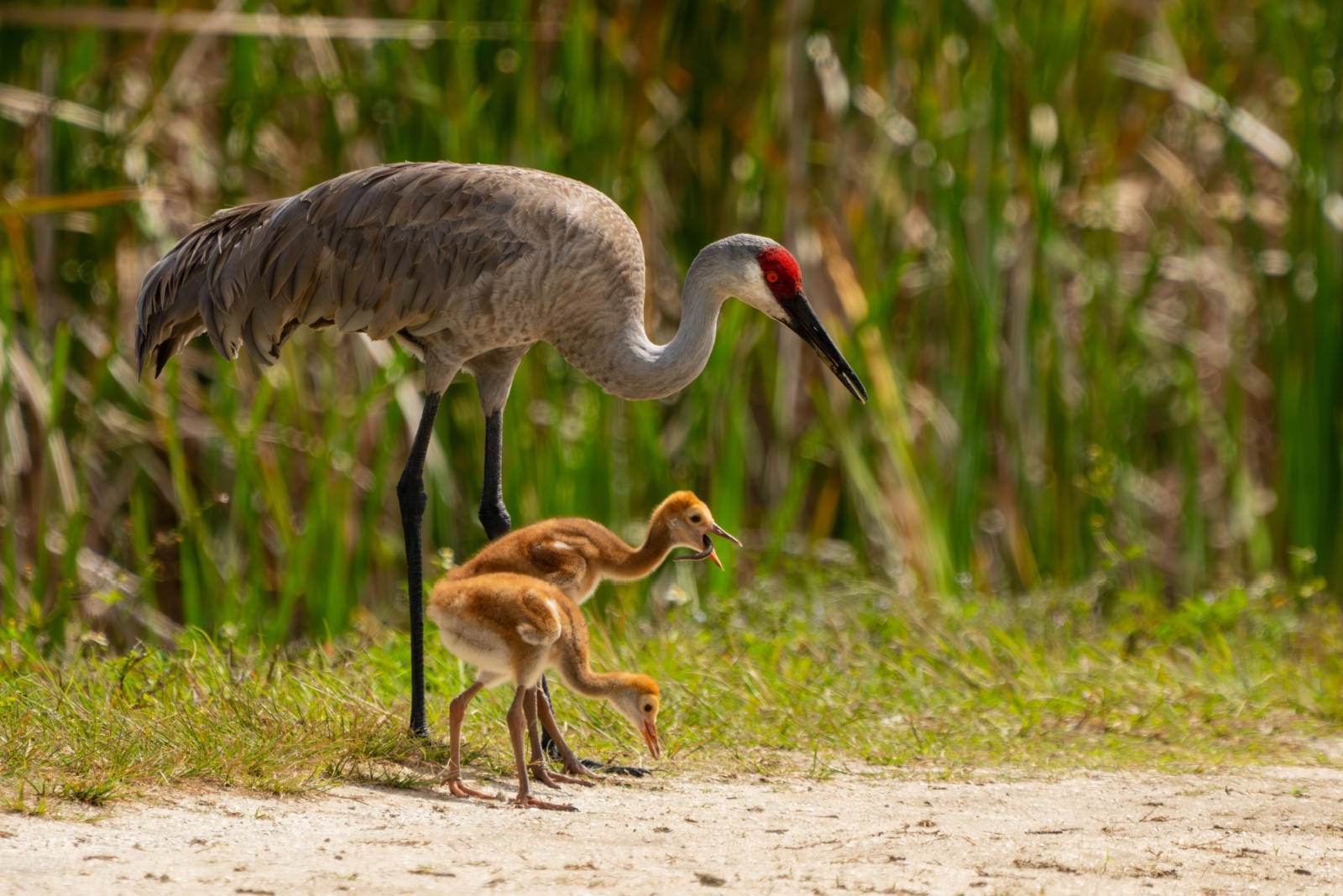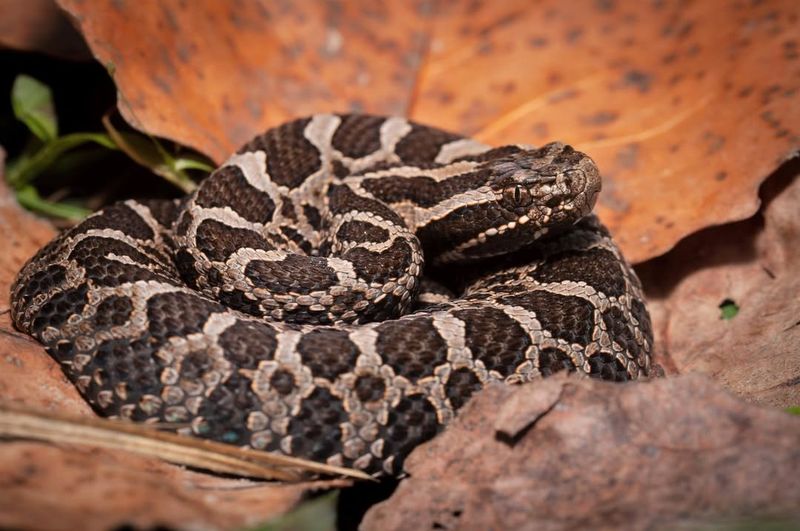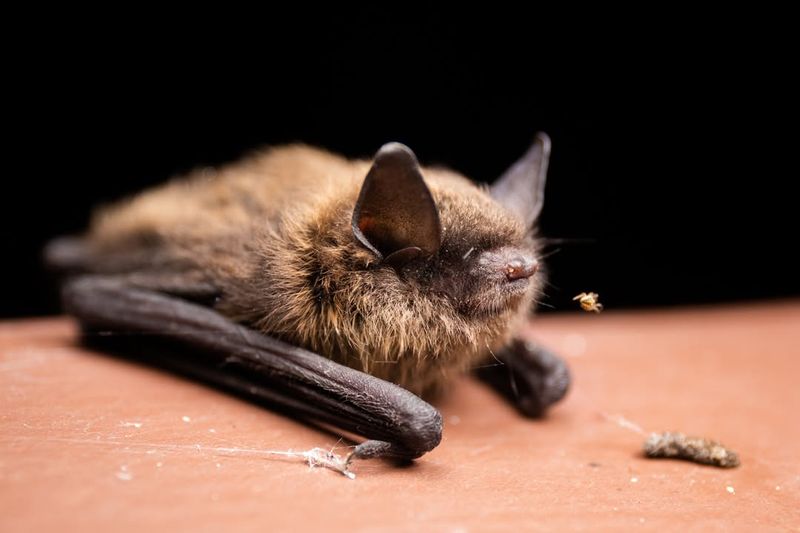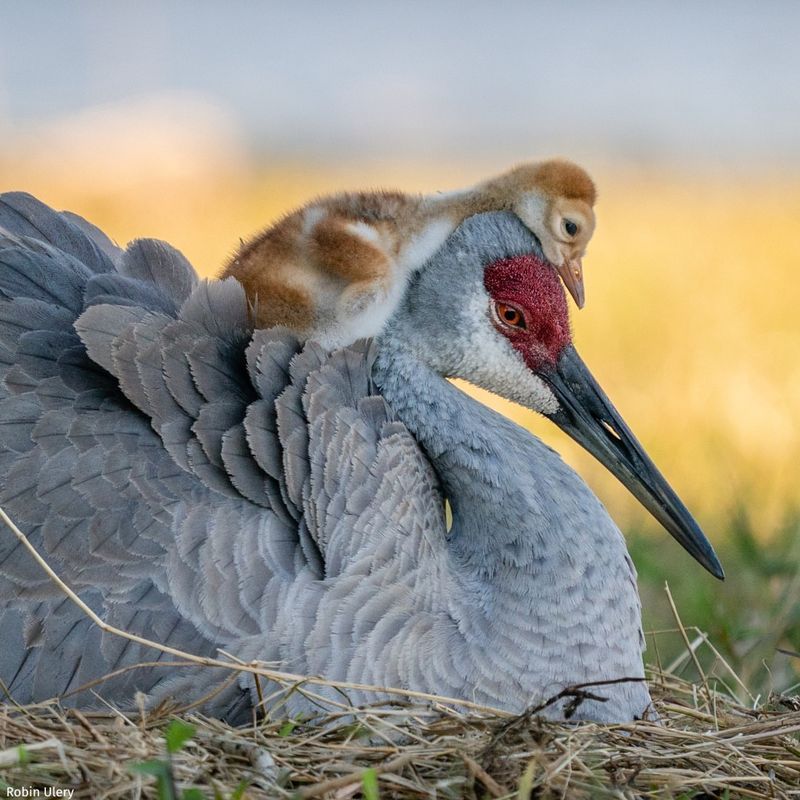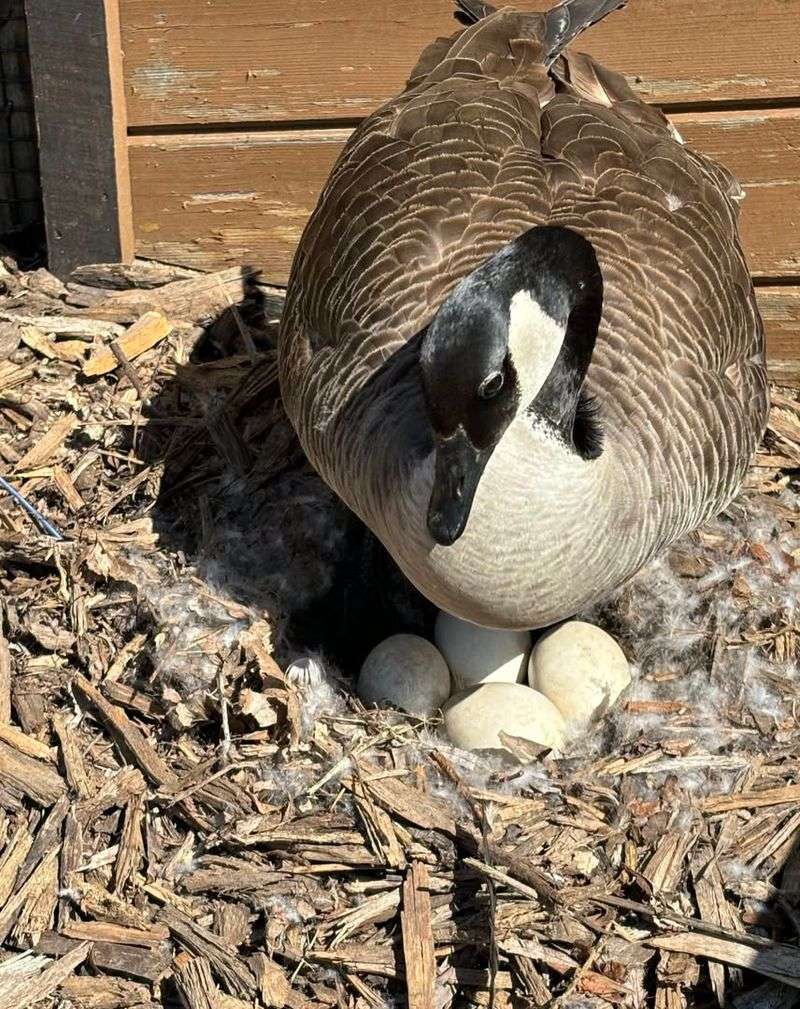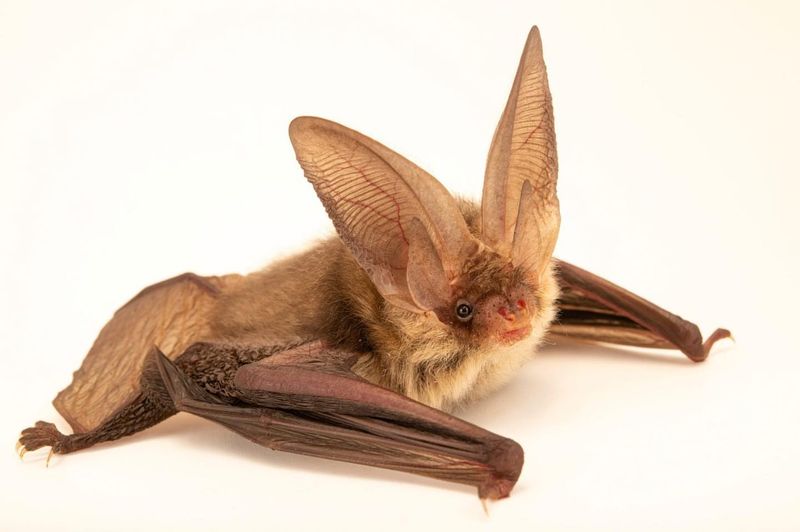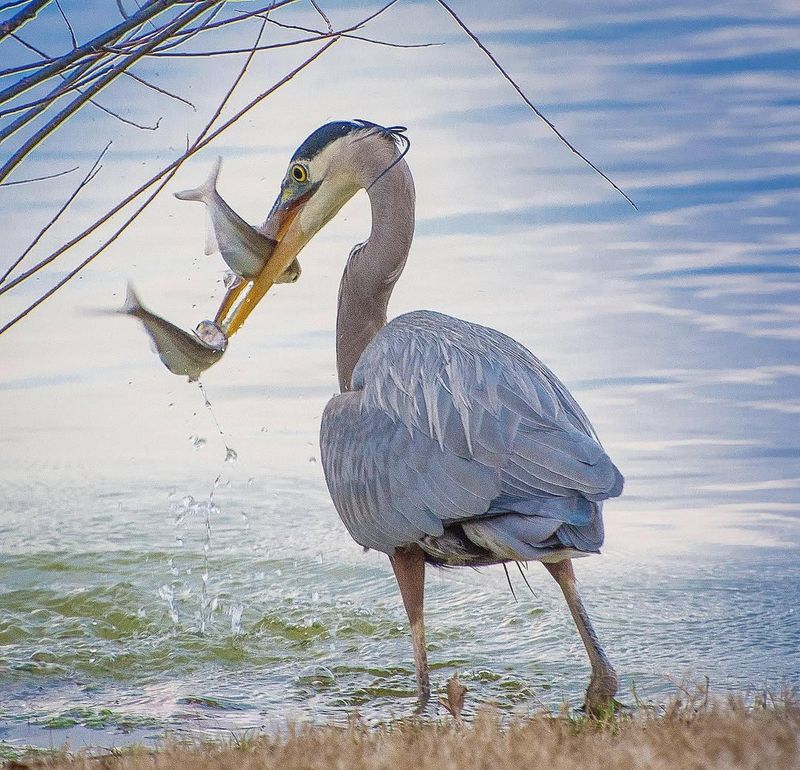In Michigan, nature doesn’t stop at the edge of your property line—it often crosses right over. But while it might seem harmless to shoo away a pesky animal, not every wild visitor can be removed legally. From federally protected birds to state-guarded species, these animals have the law on their side.
Before you take action, find out if your uninvited guest is among the 9 creatures Michigan homeowners cannot remove.
1. Bald Eagles
America’s national symbol enjoys fierce protection under federal law, and Michigan is home to a thriving population of these magnificent raptors. If a bald eagle decides to nest on your property, consider yourself lucky because you’re legally required to leave it alone.
The Bald and Golden Eagle Protection Act makes it a serious crime to disturb nests, eggs, or the birds themselves. Even approaching too close can result in fines reaching $100,000 for individuals.
Contact wildlife officials if an eagle creates problems on your land.
2. Eastern Massasauga Rattlesnakes
Michigan’s only venomous snake carries federal endangered species protection, making removal without authorization completely off-limits. Found mainly in wetlands and grasslands, these shy reptiles prefer avoiding humans whenever possible.
Despite their venomous nature, massasaugas rarely bite unless accidentally stepped on or handled. Their declining numbers prompted strict legal safeguards that prohibit killing, capturing, or harassing them in any way.
Spot one on your property? Keep your distance and let it move along naturally without interference.
3. Little Brown Bats
These tiny insect-eaters face serious threats from white-nose syndrome, earning them special protection status in Michigan. Homeowners discovering bat colonies in attics or barns cannot legally remove them during maternity season, which typically runs from May through August.
Baby bats cannot fly yet during this period, so exclusion could mean death for helpless pups. Outside maternity season, removal requires following specific humane exclusion methods rather than extermination.
Professional wildlife controllers understand these regulations and can handle situations properly.
4. Sandhill Cranes
Standing nearly four feet tall with distinctive red crowns, sandhill cranes have made remarkable comebacks in Michigan after near-extinction. The Migratory Bird Treaty Act shields these elegant birds from harassment, capture, or harm by property owners.
Cranes sometimes damage gardens or lawns while foraging for insects and seeds, frustrating homeowners. However, physical removal remains illegal without proper permits from state and federal authorities.
Non-harmful deterrents like motion-activated sprinklers can encourage them to relocate without breaking any laws.
5. Canada Geese During Nesting
While Canada geese populations thrive across Michigan, federal law still protects them during nesting season from March through June. Once a pair establishes a nest on your property, you cannot legally disturb it until goslings hatch and leave.
Aggressive parents defending nests can intimidate homeowners and block walkways or driveways. Despite the inconvenience, removing eggs or destroying active nests violates the Migratory Bird Treaty Act.
Prevention works best—discourage nesting before geese settle in by modifying landscaping near water features.
6. Northern Long-Eared Bats
Recognizable by their oversized ears, these federally threatened bats face the same protections as their little brown cousins. White-nose syndrome has devastated populations, making human interference particularly harmful to their survival chances.
Northern long-eared bats often roost in dead trees, barns, and occasionally homes throughout Michigan. Property owners discovering these bats must follow strict guidelines for exclusion, especially during maternity months.
Killing or trapping them brings serious legal consequences including substantial fines and potential criminal charges for violations.
7. Trumpeter Swans
North America’s largest waterfowl has successfully returned to Michigan after complete disappearance from the state decades ago. Reintroduction efforts and protective laws have helped trumpeter swans reclaim their historical range across Michigan wetlands.
These impressive birds sometimes take up residence in residential ponds or lakefront properties. Federal and state protections make it illegal for homeowners to chase them away, harm them, or disturb their nests.
Their protected status remains firm despite occasional conflicts with property owners over territorial behavior or landscape damage.
8. Eastern Box Turtles
Michigan classifies eastern box turtles as a species of special concern, making collection or removal from properties illegal without authorization. These land-dwelling turtles with hinged shells live for decades and show strong attachment to their home territories.
Slow reproduction rates and habitat loss have made populations vulnerable across their range. Homeowners finding box turtles should leave them undisturbed rather than relocating them elsewhere.
Moving turtles away from familiar territory often results in their death as they struggle to find suitable habitat and resources.
9. Great Blue Herons
These statuesque wading birds frequently visit backyard ponds and waterfront properties in search of fish and frogs. Standing over four feet tall with impressive wingspans, great blue herons fall under federal protection through the Migratory Bird Treaty Act.
Pond owners sometimes view them as pests when they hunt expensive koi or goldfish. Regardless of the financial loss, harming or removing herons without proper permits remains illegal.
Installing netting over ponds provides legal protection for fish while respecting the heron’s protected status.

